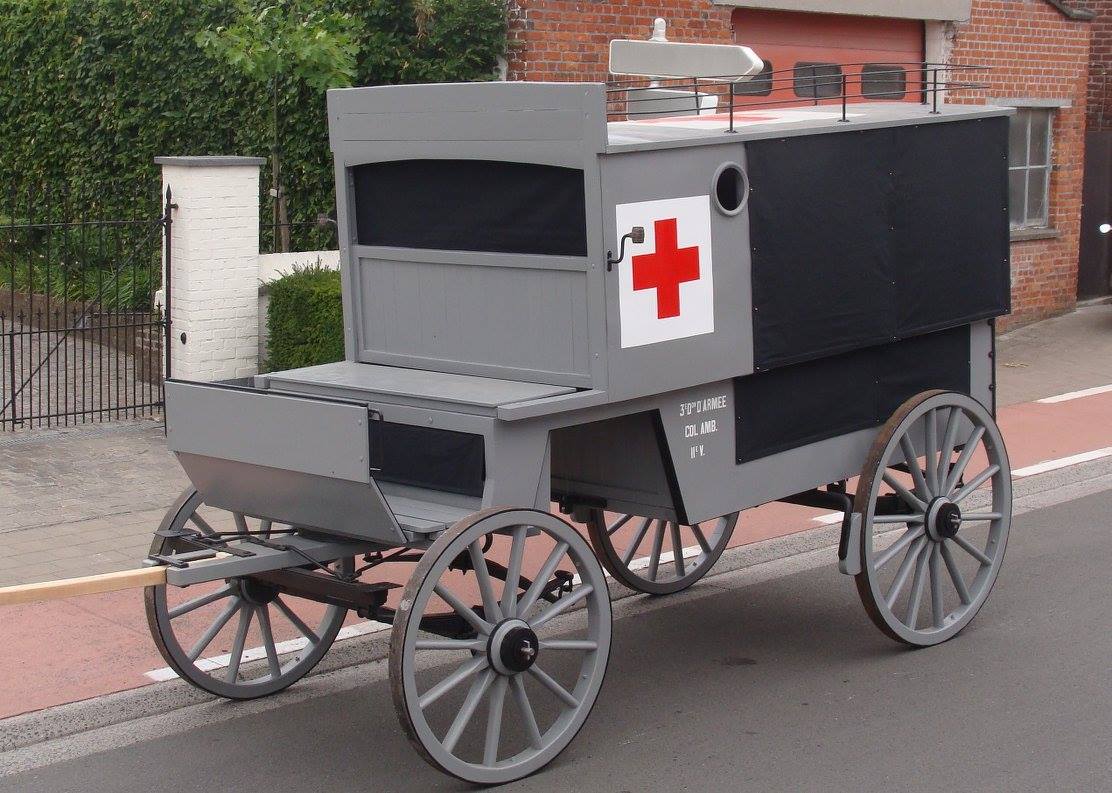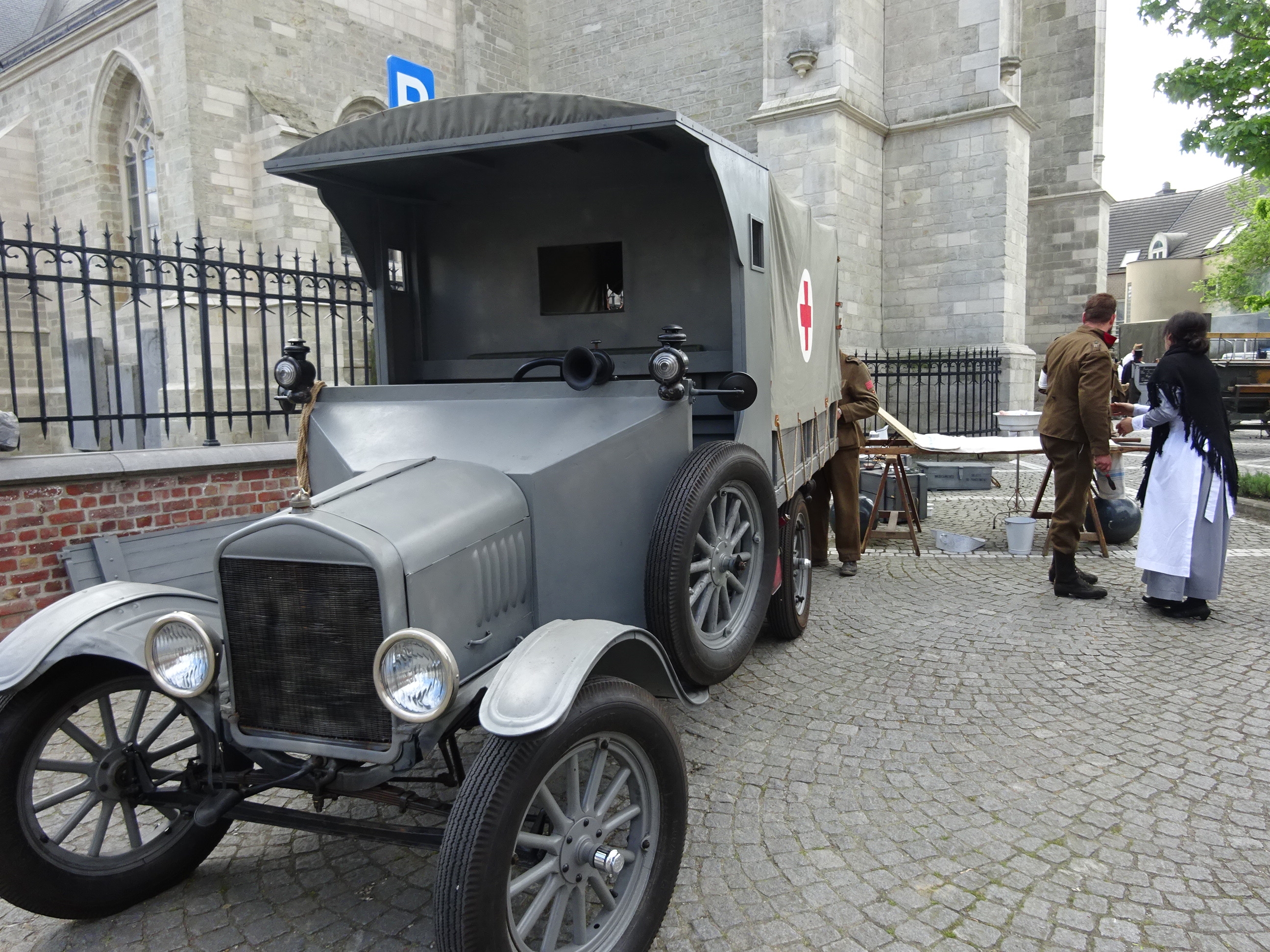The War Heritage Institute presents unique military heritage objects during the commemoration of the battle of Passchendaele
From Saturday July 29 till Monday July 31, 2017 the War Heritage Institute participates in the commemoration of the battle of Passchendaele at the municipality of Zonnebeke. The WHI presents impressive First World War objects, such as King Albert I’s authentic uniform worn as Colonel-in-Chief of the 5th Dragoon Guards.
Within the Passchendaele Memorial Park the WHI, as representative of Defence, is an important actor, along with e.g. the Commonwealth War Graves Commission, the National Army Museum, the Royal British Legion, the Western Front Association and the British Armed Forces themselves.
Through its presence - partly in a tent and partly in open air - the WHI broaches a number of themes: the history of the First World War, the War Graves Service and the Defence Bomb Disposal Service (with e.g. an array of ammunition found in the Westhoek and an intervention vehicle). www.beCarto14-18.be, a unique cartographic and visual application for the (re)discovery of all Great War events in Belgium, is also extensively presented.
Top piece
The list of objects gathered for the occasion is impressive, with equipment used by the Belgians and their warrants on the Western front in 1917. A top piece undoubtedly is King Albert I’s uniform as Colonel-in-Chief of the 5th Dragoon Guards (later the 5th Royal Inniskilling Dragoon Guards). The king was presented with this honorary function in August 1915. The regiment was also known as the “Princess Charlotte of Wales” regiment, in honour of King Leopold I’s first wife. The king usually wore this uniform when he met with the British King George V or for his visits to the British front lines. Charles, Prince of Wales, also is a Colonel-in-Chief of this famous regiment.
A special and extensive ensemble
The War Heritage Institute presents numerous collection items (both authentic pieces and replicas) recalling the First World War as experienced by Great Britain, Belgium and France.
British troops are for instance illustrated by the British Mark IV “DAMON II” tank in driving order, a faithful replica of the D29 tank belonging to D Battalion Tank Corps (Royal Tank Regiment) that got stuck during an attack in the village of Poelkapelle in 1917.
Belgian troops are remembered through diverse items used in the West Flemish trenches between 1914 and 1918, such as dog-drawn machinegun carts, and an evocation of the Mâtin belge dogs bred for this purpose. Both the cart with the Belgian Maxim gun and the ammunition cart are on display.
The French army is illustrated by the light Renault FT tank, model 1917, the first tank to be equipped with a 360° rotating turret and tracks below the hull, features later used by modern tanks.
Practical information
Venue: Memorial Museum Passchendaele 1917, Berten Pilstraat 5A, B-8980 Zonnebeke
Date: July 29 and 30, from 10 a.m. till 5 p.m.
Entrance: free
Monday July 31, 2017: not accessible to the public (upon invitation only)


